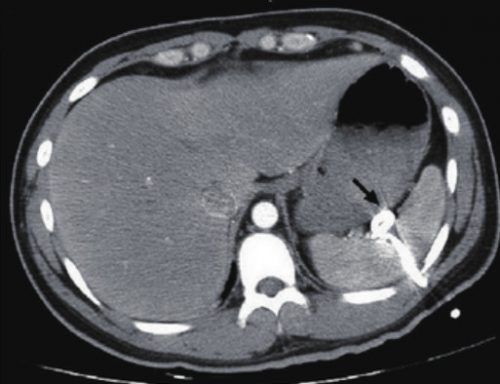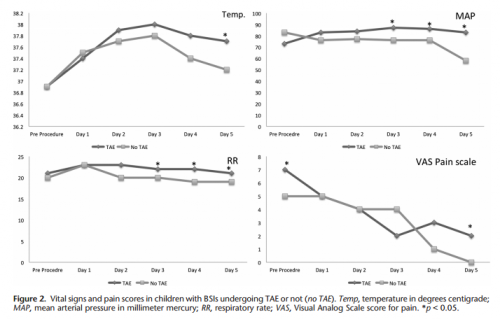It’s great when you read a study that supports your own biases. But it’s not pleasant at all when you find one that refutes what you’ve been teaching for years. Well, I found one of those and I wanted to share it with you.
I’ve always said that there are only two sizes of chest tube for trauma, big (36Fr) and bigger (40Fr). Although there was never any good literature, it seemed intuitive that a large tube would help ensure drainage of bigger clots if hemothorax was present.
A multicenter observational study was carried out that looked at 353 chest tube insertions. This work monitored retained hemothorax or pneumothorax, the need for tube reinsertion or invasive procedure due to incomplete drainage, and pain during insertion.
Here are the factoids:
- There was roughly a 50:50 large (36-40Fr) vs small (28-32Fr) mix of chest tubes
- Tubes inserted for hemothorax were also a 50:50 mix of large vs small
- The initial amount of blood out was small and about the same for both groups
- There was no significant difference in pneumonia, retained hemothorax, or empyema
- The need for an invasive procedure (VATS or thoracotomy) was about 11% in both groups
- Interestingly, there was no difference in visual analog pain score between the groups either.
Bottom line: Basically, large tube and small tube were the same. So maybe chest tube size selection doesn’t matter as much as we (I?) think. It seems to make sense to select a tube size based on your patient’s chest wall, not dogma. Although subjective pain seems to be the same as well, pain and sedation management are key because this is not a fun procedure for the patient, regardless of tube size. I’m not fully convinced yet, and would like to see an additional confirmation study if possible.
Reference: Does size matter? A prospective analysis of 28–32 versus 36–40 French chest tube size in trauma. J Trauma 72(2):422-427, 2012.


